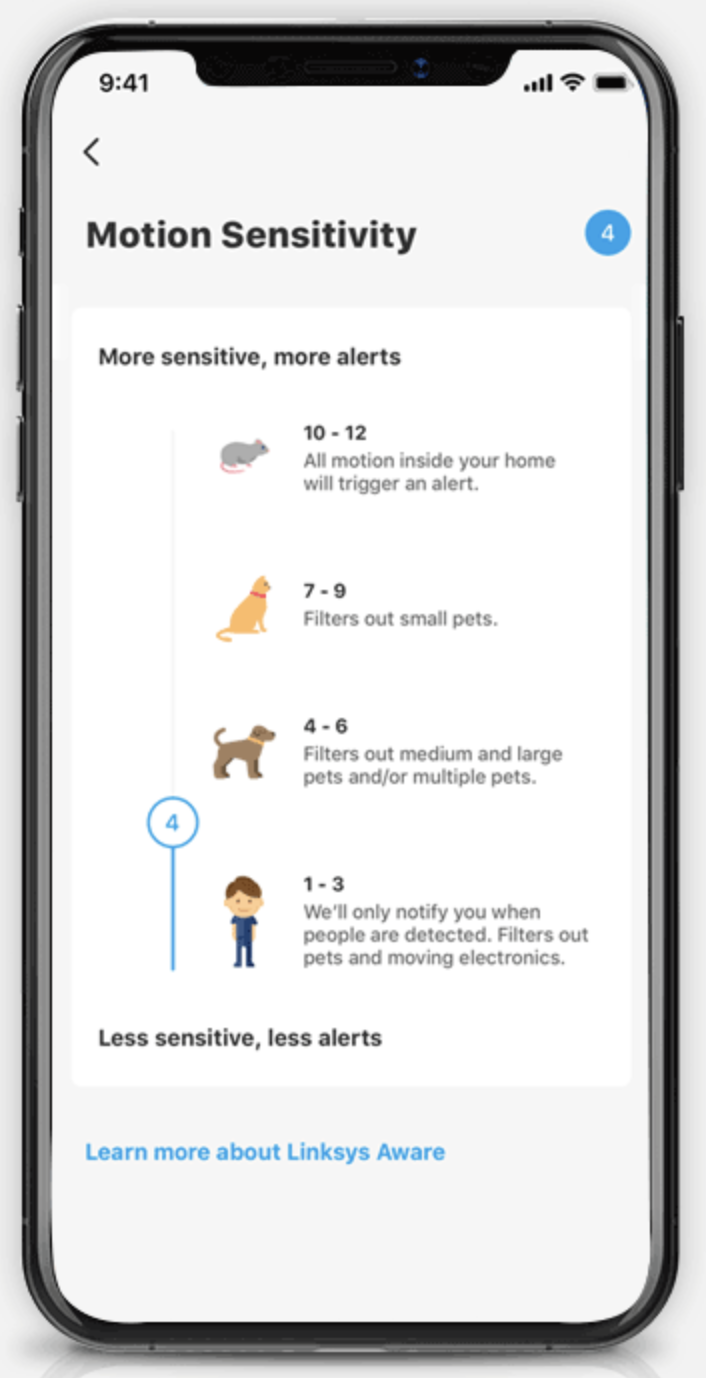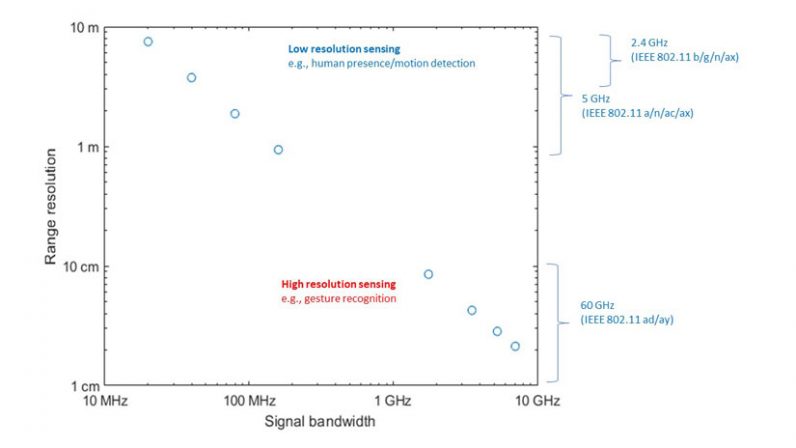
Wi-Fi is everywhere and we can’t really do without it. But the current-gen Wi-Fi standard is limited to data transfer between devices, and with every new iteration, we just see better speeds and throughput.
For IEEE — the body that overlooks formations of networking-related protocols like ethernet — the challenge is to enhance the standard’s capabilities beyond data transfer. The aim of the upcoming 802.11 bf protocol is to enable devices like phones and laptops to sense things in the environment — like detecting your movement in a room, and responding to gestures you make in the air. That’s right, your Wi-Fi network will one day be able to do this.
Before we talk more about it, here’s a bit of background.
How do Wi-Fi specifications work?
The Wi-Fi specifications that end up in our routers and network gear have all gone through a multi-year process of conceptualization and approval.
A working committee within the IEEE 802.11 group —which handles the process of forming various wireless protocols — lays out a technical proposal and starts working on specifications if approved. For example, the IEEE 802.11bf working group was founded in September 2020, and will at least work until 2024 to form the standard.
Once the final specs of a protocol are out, the IEEE committee works with the people behind Wi-Fi.org to certify and market devices like routers and network switches. You can read more about the whole process here.

Existing Wi-Fi sensing and its limitations
Wi-Fi-based sensing is already available on some devices. Traditional motion-sensing systems use radar or microwave tech to detect movement, such as an intruder in your house. But they need a special sensor for that system to work, and it can only monitor the area where they’re installed.
In 2019, LinkSys launched a mesh router system that performs this task by using just the Wi-Fi network, and covers a larger area. Other firms like Plume and Origin Wireless also have some products with basic sensing functions.

Before we get down to why we need a new Wi-Fi sensing standard, let’s first understand how Wi-Fi works right now. Your router sends out waves at a specific frequency that your laptop or phone receives. These waves can be direct, or indirect (bouncing off of walls and other surfaces).
The core concept of Wi-Fi sensing is to accurately detect obstacles blocking radio waves, such as walls or walking humans and pets. With this, a capable router can alert you about a person moving about your house after bedtime, and ignore your cat during the day.
Plume’s CTO, Bill McFarland, notes that a major roadblock in the current-gen Wi-Fi sensing is that devices from different manufacturers can’t talk to each other to create a network:
A significant shortcoming of the current technology is that Wi-Fi sensing systems are not interoperable. No industry standard allows devices equipped with motion-sensing from different vendors to interact. And, there are no standards for the internal interfaces within a product that would make enabling a product with motion-sensing convenient.
How will the new 802.11bf Wi-Fi standard work?
The current proposal of this next-gen sensing technology is divided into two parts: using low-frequency waves (1GHz to 7.125GHz) to sense motion within a large space like a room, and using high-frequency waves (45GHz and above) to sense movements at short range — like recognizing your gestures when you’re sat in front of a laptop or your phone.
The protocol also wants to standardize the interface, so that different Wi-Fi components in the house can ‘talk’ to each other. This will solve the problem McFarland talked about.

Plus, it will also enable connected devices to determine if the network is capable of sensing activity in its current state — and even simulate signals if needed. With that, gadgets on the same network will be able to communicate what kind of movements are being detected.
This will create a sensing infrastructure where all devices can tell you about movements and activities in different parts of the house, so you can act on them if needed. For example, if a senior member of your family has fallen in their room, you can immediately get an alert, and help them.
So why should I be excited about this 802.11bf standard?
One of the prime benefits of using the new standard will be that you’ll be able to use common devices like a router, without dedicated motion sensing hardware, to monitor your house for movement.

IEEE notes that this could be used from home security to HVAC management, and from assisting the elderly to heart rate sensing.
This is not the first time we’re heard IEEE talking about adding sensing capabilities to Wi-Fi. In our 2020 interview, Paul Nikolich, chairman of IEEE 802 at that time, said the new standard could even possibly observe your breathing rate:
(We want to) detect people’s movement from when they move to one room to another without having any sensors on them. The technology is also sensitive enough to detect your breathing rate because as you breathe you change the RF characteristics and channel characteristics.
Imagine some of the applications of this. I have a 93-year-old mother, and if I put a Wi-Fi access point (with these capabilities) in her home, I’ll be able to tell if she’s behaving normally, or if she might have had a fall.
With this new technology, patients with critical illnesses and senior citizens won’t have to wear special devices to detect and relay their condition to caregivers.

Plus, as a range of Wi-Fi-enabled devices in our homes can cover a large area, we could reduce the need for devices like indoor security cameras, which can be uncomfortable for the privacy-conscious among us.
The challenges for 802.11bf — and the road ahead
While the standard is being finalized, there are a few technical challenges that it has to overcome. For 802.11 bf enabled devices to work at their full capacity, it needs high-bandwidth and high-resolution sensing. Both of those will come from the widespread adoption of Wi-Fi 6 and WiGig protocols, both of which are steadily being supported in more devices.
What’s more, component manufacturers will have to rely on advanced AI-based algorithms to filter out noise from Wi-FI signals, and accurately detect various movements, ranging from a dog wagging its tail to a person walking about their home or office.
The new protocol will also have to ensure that in adding sensing capabilities to devices, there’s no interruption to primary network traffic. You wouldn’t want your internet speed dropping, would you? The standard will also have to work on backward compatibility, so that there’s no need to buy additional hardware.
Thankfully, there’s enough time for the working group to consider all this. The 802.11 bf project will be supposedly completed by 2024. Until then, enjoy your pleb router without any motion sensing superpowers.
Get the TNW newsletter
Get the most important tech news in your inbox each week.




